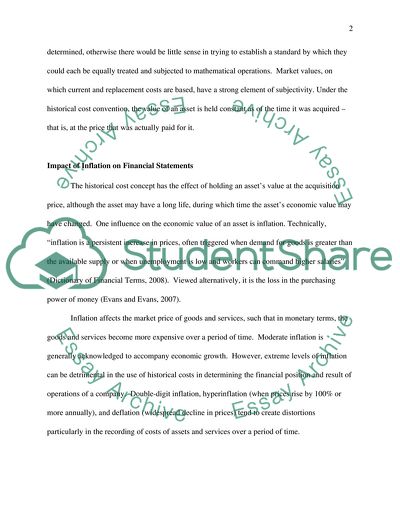Cite this document
(The Effects of Inflation on Company Financial Statements Term Paper, n.d.)
The Effects of Inflation on Company Financial Statements Term Paper. https://studentshare.org/finance-accounting/1731833-financial-reportingstatements
The Effects of Inflation on Company Financial Statements Term Paper. https://studentshare.org/finance-accounting/1731833-financial-reportingstatements
(The Effects of Inflation on Company Financial Statements Term Paper)
The Effects of Inflation on Company Financial Statements Term Paper. https://studentshare.org/finance-accounting/1731833-financial-reportingstatements.
The Effects of Inflation on Company Financial Statements Term Paper. https://studentshare.org/finance-accounting/1731833-financial-reportingstatements.
“The Effects of Inflation on Company Financial Statements Term Paper”. https://studentshare.org/finance-accounting/1731833-financial-reportingstatements.


